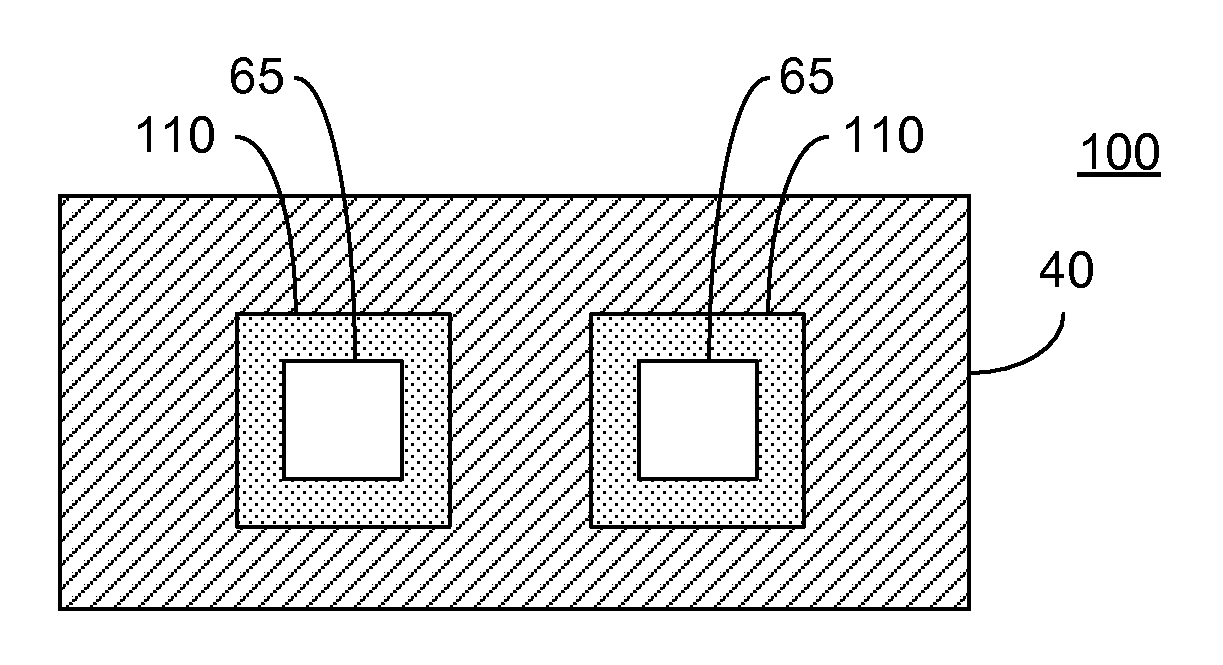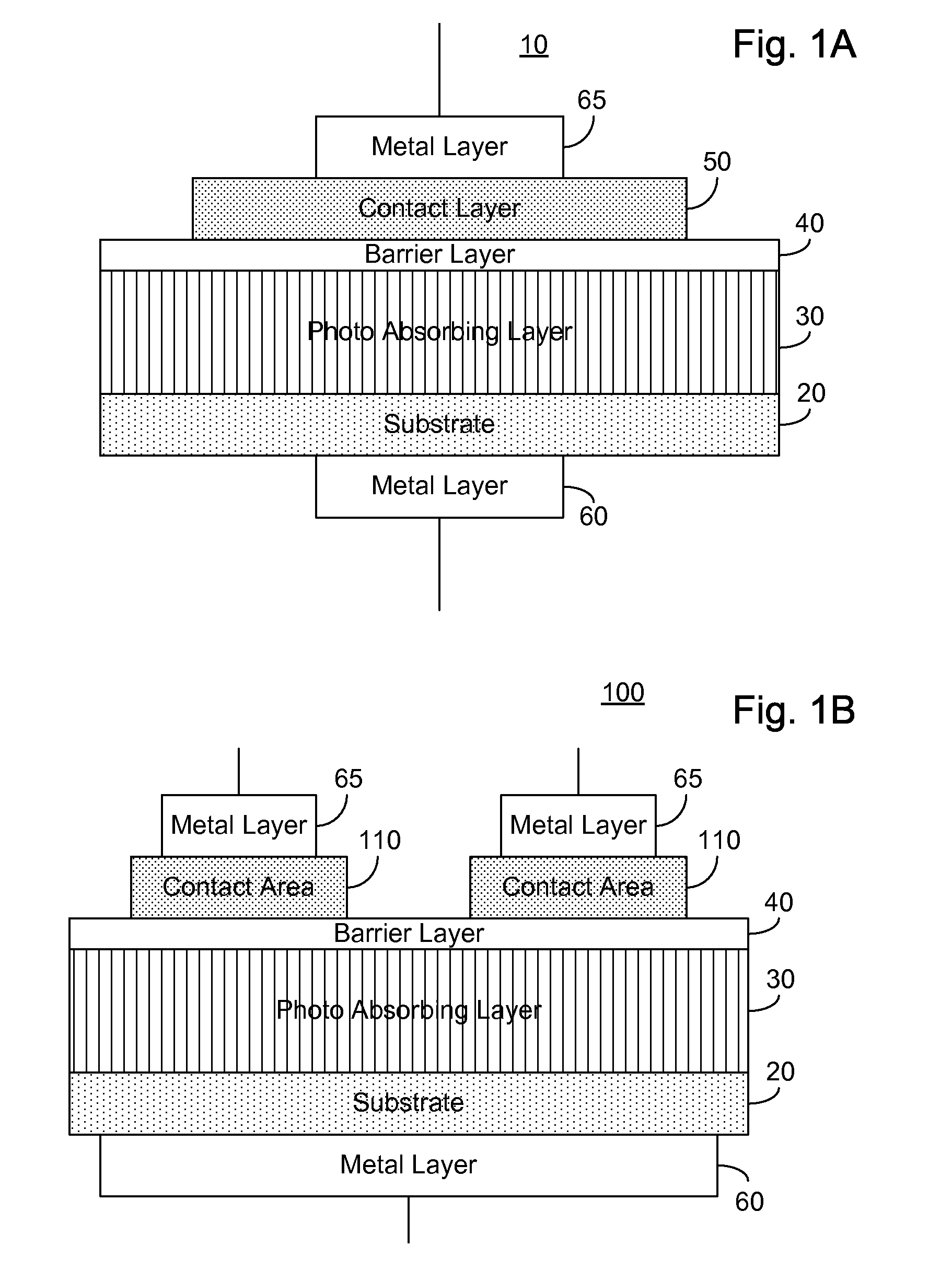Reduced dark current photodetector
a photodetector and dark current technology, applied in the field of reduced dark current photodetectors, can solve the problems of limiting device performance, difficult to achieve, and costly cooling of thermodynamic detectors to cryogenic temperatures of around 77 k
- Summary
- Abstract
- Description
- Claims
- Application Information
AI Technical Summary
Benefits of technology
Problems solved by technology
Method used
Image
Examples
Embodiment Construction
[0039] The present embodiments enable a photo-detector sensitive to a target waveband comprising a photo absorbing layer, preferably exhibiting a thickness on the order of an optical absorption length of the target waveband. In an exemplary embodiment the photo absorbing layer is deposited to a thickness of between one and two times the optical absorption length. A contact layer is further provided, and a barrier layer is interposed between the photo absorbing layer and the contact layer. The barrier layer exhibits a thickness sufficient to prevent tunneling of majority carriers from the photo absorbing layer to the contact layer, and a band gap barrier sufficient to block the flow of thermalized majority carriers from the photo absorbing layer to the contact layer. The barrier layer does not significantly block minority carriers.
[0040] An infra-red detector in accordance with the principle of the invention can be produced using either an n-doped photo absorbing layer or a p-doped ...
PUM
 Login to View More
Login to View More Abstract
Description
Claims
Application Information
 Login to View More
Login to View More - R&D
- Intellectual Property
- Life Sciences
- Materials
- Tech Scout
- Unparalleled Data Quality
- Higher Quality Content
- 60% Fewer Hallucinations
Browse by: Latest US Patents, China's latest patents, Technical Efficacy Thesaurus, Application Domain, Technology Topic, Popular Technical Reports.
© 2025 PatSnap. All rights reserved.Legal|Privacy policy|Modern Slavery Act Transparency Statement|Sitemap|About US| Contact US: help@patsnap.com



